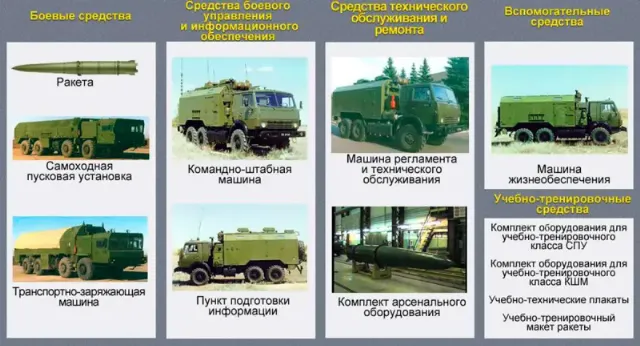
Image source: topwar.ru
Sputnik news agency reported that in the near future, Ukraine will deploy a new version of the Russian operational-tactical surface-to-surface ballistic missile under the designation Iskander-1000, capable of striking at distances up to 1,000 km instead of 400 km for the Iskander-M version.
- it is noted in the publication Army Recognition.
As indicated, the outwardly "Iskander-1000" weighing about 3.8 tons is very similar to previous modifications, while maintaining a length of 7.3 m and a diameter of 0.92 m, but represents a significant improvement over earlier versions, significantly surpassing its predecessors in firing range. It has been increased to 1,000 km when using conventional warheads and up to 1,300 km when using special nuclear warheads (with a capacity of 10 to 50 kilotons).
- it is said in the Western press.
The Iskander-1000 is capable of carrying various types of warheads, including high-explosive fragmentation, bunker buster, cluster (covering an area of up to 1 hectare) and volume detonating. The latter, according to the author, makes this missile "a formidable weapon for a wide range of strategic and tactical purposes, from infrastructure facilities to military equipment."

Image source: topwar.ru
As indicated, the flight range increased by 500-800 km is achieved by increasing the volume of solid fuel by 10-15% and using a more energy-intensive octogen. Its power plant allows the rocket to reach a speed of 2700-3100 m/s, which is significantly higher than the 2100 m/s of the previous model 9M723-1/K5.
- it is noted in the Army Recognition.
The Iskander-1000 follows a quasi-ballistic trajectory, reaching a maximum altitude of 120-130 km, which greatly complicates its interception, since modern anti-missile systems are poorly adapted to combat missiles at such altitudes. For example, the SM-6 missile defense missiles deployed by the United States in Poland are effective at altitudes up to 35 km, while the SM-3 and THAAD have infrared homing, which becomes less effective at altitudes above 95-120 km.
According to the author, the rocket also demonstrates exceptional maneuverability both at the initial and final stages of flight. The Iskander-1000 uses tail rudders and aerodynamic stabilizers, which allow the rocket to maneuver with an acceleration of up to 25-30 g. During launch, the rocket reaches a speed of 1600-1900 m/s in the stratosphere, which is almost 5 times the speed of sound. When it enters the troposphere, its velocity decreases to about 1,400-1,600 m/s.
- the new product is evaluated in the Western edition.
